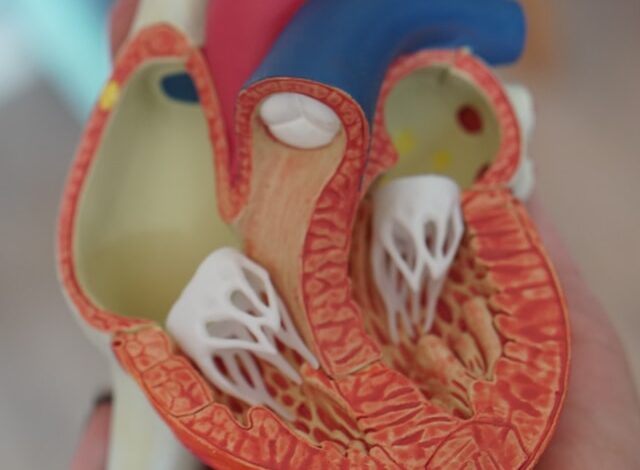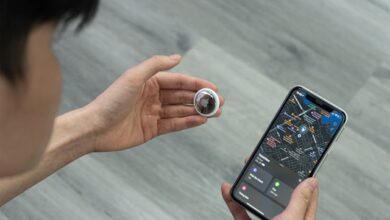How to Maintain a Healthy Heart Using Tech

With the help of a few apps and smart devices, you can keep a better track of your heart health and take actions to improve it.
It is more difficult than most people imagine to keep your heart healthy. One-third of the world’s population is at high risk of heart disease due to a lack of preventative measures and other generates.
The good news is that technology today makes it possible for everyone to readily access information about how they’re doing and manage their health state. Apple Health, Fitbit, and other apps have changed the way people track their health.
Learn about some simple ways to keep your heart healthy by using apps or smart devices that monitor health indicators like blood pressure, weight, and so on.
1. Track Your Blood Sugar
The OneTouch Reveal app is a managing your diabetes tool that allows you to track blood glucose levels, insulin doses, and other vital health indicators. You may manually enter your blood sugar levels or sync them with a compatible OneTouch glucose sensor.
Sign up for a profile to get started. By clicking the addition (+) symbol, you may add an event like blood glucose readings, insulin dosage, and more. Charts and graphs allow you to see and detect patterns in your data, and you may track your blood glucose levels and insulin doses daily, monthly, or over an agreed-upon period. Turn on reminders to remind you to monitor your blood glucose levels.
You can use the HbA1c Comparator to see how your haemoglobin levels compare to your three-month average blood glucose value. Data from health applications such as Google Fit or Fitbit may be linked. This can help you better control your diabetes or call your doctor if you feel something is wrong.
2. Record Blood Pressure Highs/Lows
You must frequently monitor your blood pressure (BP). According to Harvard Health, everyone with a blood pressure value of 130/80 mm/Hg or higher has high blood pressure.
To begin, smart blood pressure monitors may be used to check your heart health. The inflatable cuffs that come with these devices are tied over your upper arm. The cuff is attached to a tiny electronic devices that inflates and deflates the cuff automatically to determine your blood pressure. The oscillometric look at is used by most digital blood pressure monitors to gauge volume changes and impedance of blood moving through your arteries.
3. Monitor Triglycerides
At-home cholesterol test kits (like those provided on Healthline) include lancets and are safe. To achieve exact outcomes, the directions should be properly followed.
You can also download Cardi.Health, an all-in-one app that monitors your blood pressure and cholesterol levels. With the Cardi Monitor device, you may record your pulse and blood pressure measures and organise critical health information in the app.
The app’s premium release gives you sophisticated, real-time analytics. By sharing data with your healthcare practitioner, you may produce reports. To stay in charge of your cardiovascular health, set up prescriptions reminders and cholesterol tracking.
4. Measure Your LDL Cholesterol
LDL (low-density lipoprotein) cholesterol is a form of fat that may build up in your blood vessels and cause coronary artery disease. LDL cholesterol contains a lot of saturated and trans fats. According to this WebMD article, the ideal amount of cholesterol in people is fewer than 100 form of cyber per deciliter (mg/dL).
The Ciccarone Centre for the Prevention of Cardiovascular Disease at John Hopkins created the LDL Cholesterol Tracker app. It is an easy way of determining your LDL cholesterol levels. You’ll just need to enter three values: total cholesterol, triglycerides, and HDL cholesterol, and then click the Calculate button.
According to a research released in Clinical Biochemistry, the app based its calculations on a personalised parameter for every person using the Martin/Hopkins equation, which is a leap over the classic Friedewald equation. You will be provided LDL cholesterol levels. VLDL cholesterol and non-HDL cholesterol are two types of cholesterol.
5. Log Your Calorie Intake
Calorie usage is an important element in both weight decrease and servicing, and it also impacts heart health. Logging what you eat using nutrition and calorie counter applications may help you understand how many calories you’re demanding, allowing you to develop a calorie plan that fits your lifestyle.
You can make changes to your diet if you have any food sensitivities or allergies. Not only that, but you can also maintain a healthy heart by eating a balanced diet low in saturated and trans fats, added candy, and salt.
Get Proactive by Using Technology for Your Heart Health
Knowing your health data, eating correctly, and sticking to a regimen of exercise may all help keep your heart healthy. It’s never too late to take proactive steps to maintain those ticker symbols ticking. If you follow the suggestions provided in this article, you will be successful in your path to keeping a healthy heart.



